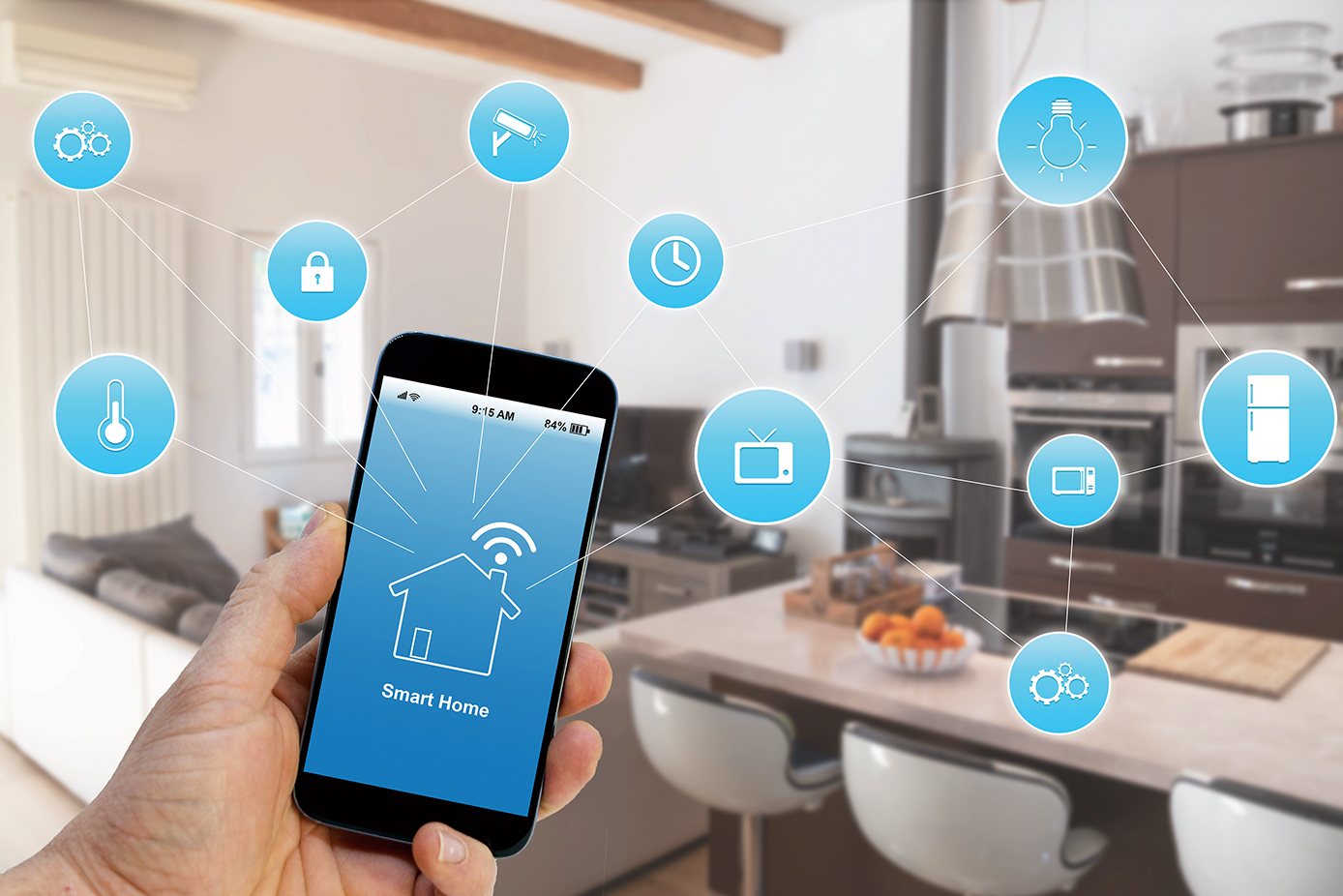In an age where smart homes are becoming increasingly common, ensuring the security of these homes is more crucial than ever. As homeowners and businesses integrate more devices into their homes, the risk of cyber threats and unauthorized access grows. This is where two factor authentication in smart homes comes into play, adding an extra layer of security to our connected lives.
Two factor authentication (2FA) is a method of confirming a user's claimed identity by utilizing a combination of two different components. For smart homes, this often means requiring a password and a secondary verification method, such as a text message code or a biometric scan. This dual-layered approach significantly decreases the chances of unauthorized access, providing peace of mind to homeowners.

The Rise of Smart Homes
Smart homes have evolved from a futuristic concept to a present-day reality. With devices that can control lighting, temperature, security, and even kitchen appliances, the convenience is undeniable. However, with convenience comes the responsibility to secure these devices against potential threats. As more homeowners embrace smart technology, the importance of robust security measures, such as two factor authentication, becomes evident.
According to a recent study, the number of smart homes worldwide is expected to reach 478.2 million by 2025. [Explore how smart homes support sustainable goals](https://iotxtech.ai/blogs/news/how-smart-homes-support-sustainability-goals). This rapid growth underscores the need for enhanced security protocols to protect the personal data and privacy of users.
How Two Factor Authentication Works in Smart Homes
Two factor authentication in smart homes typically involves a two-step process. The first step is the traditional password entry. The second step is where things get more secure. This could involve receiving a code via SMS, using a mobile authenticator app, or providing a biometric verification like a fingerprint or facial recognition scan.
This method ensures that even if a hacker manages to steal your password, they would still need the second form of verification to gain access to your smart home system. The added layer of security can be the difference between a safe home and a vulnerable one.
Benefits of Implementing Two Factor Authentication
The benefits of implementing two factor authentication in smart homes are numerous. First and foremost, it greatly enhances the security of home automation systems. With cyber threats becoming more sophisticated, relying on a single password is no longer adequate. Two factor authentication provides an added barrier that can deter potential intruders.
Moreover, it enhances user confidence. Homeowners can feel more secure knowing that their private information and personal spaces are well-protected. This can be particularly important for those who manage sensitive data or have valuable assets within their homes.
Additionally, two factor authentication can be an effective deterrent for cybercriminals. The added complexity can make smart homes less appealing targets compared to those that lack such security measures.
Challenges and Considerations
While the benefits are clear, implementing two factor authentication in smart homes does present some challenges. For one, it requires users to stay vigilant and proactive about their security settings. Users must ensure that their secondary authentication methods are secure and accessible.
Moreover, there is a balance to be struck between security and convenience. Some users may find the additional step cumbersome and opt to bypass it, thus compromising their security. Education and awareness are key to ensuring users understand the importance of these measures.
Finally, not all smart home devices currently support two factor authentication. As the demand for such security measures increases, manufacturers will need to adapt and offer solutions that are both user-friendly and secure. [Learn about the future of interconnected homes](https://iotxtech.ai/blogs/news/future-of-interconnected-homes).

Implementing Two Factor Authentication in Your Smart Home
Setting up two factor authentication in smart homes is typically a straightforward process. Most smart home systems that offer this feature will guide users through the setup process. It usually involves enabling the feature in the device's settings and choosing a secondary authentication method.
For those new to smart home technology, it's advisable to refer to a [smart home installation guide](https://www.vivint.com/resources/article/smart-home-installation-guide) to ensure all devices are set up securely from the start. Additionally, consulting with a professional can help identify potential vulnerabilities and ways to address them.
FAQs
1. What is two factor authentication in smart homes?
Two factor authentication in smart homes is a security measure that requires users to provide two forms of verification before gaining access to their smart home systems. This typically involves a password and a secondary method, such as a text code or biometric scan.
2. How can I enable two factor authentication on my smart home devices?
Most smart home systems with two factor authentication capabilities will have an option in the security settings to enable it. You can usually choose your preferred secondary authentication method during setup.
3. Is two factor authentication foolproof?
While two factor authentication significantly enhances security, no system is completely foolproof. It greatly reduces the risk of unauthorized access, but users should remain vigilant and regularly update their security settings.

